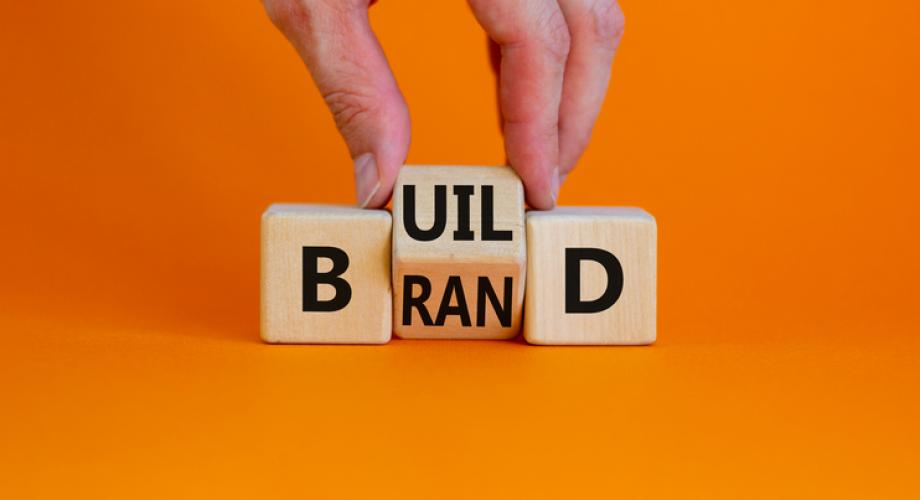How can you ensure your branding meets the demands of the multifamily housing marketplace?
Why is multifamily branding so important? The term “brand” has evolved over the years, and in today’s highly competitive world, brand simply refers to the way the public perceives your entity. People have brands, businesses have brands, properties have brands — whether they’re carefully crafted or not. This can be factual perceptions (it’s an apartment building in downtown Chicago) or emotional ones (it’s vibrant, romantic or trustworthy).
When applying this concept to the multifamily market, properties must aim to guide the perception of their brand so it isn’t determined solely by their audience. In such a dense multifamily market, strategic branding is more important than ever.
Branding matters before a brick is ever laid. So how can you ensure your branding meets the demands of the market?
1. Get on the same page
Without cohesion in all aspects of a multifamily development, a brand’s identity can be muddied. Before construction begins, developers and owners have determined the property’s identity, their target audience and their ideal brand perception. Since the brand has therefore been established well before development starts, all teams in the process should be on the same page. Architects and interior designers should fully understand how the building itself can support the identity, tone and ideal resident.
Graphic designers on the project should be able to iterate the concept through print and online presence in a way that will stand the test of time. It’s important that from the beginning, the property is being built to support what the brand stands for. A strong multifamily brand should connect from the exterior into the interiors and finishes, all the way to its online presence.
For example, luxury high-rise LVL 29 in Plano, Texas’s Legacy West established its brand direction and personality well before the groundbreaking. LVL 29 was built to bring a new essence and standard to living, one that carries clear tones of sophistication and timelessness through sleek and modern elements.
2. Picture your persona
Before diving deep into the multifamily branding process, it’s important to have a clear persona that will drive the direction and style from construction to online conversions. A persona is a semi-fictionalized character based on the interests, lifestyle and personality of your ideal residents. Understanding your persona inside and out will allow all aspects of the brand to connect and resonate with your target audience.
Different demographics can react differently to color choice, interior finishes, amenities, apartment logos, taglines and online presence. Whether you’re targeting young professionals with an active social life, college students wanting out of the dorms, new families with young children or active adults facing an empty nest — each is looking for something different out of renting and will therefore be attracted to different brand elements.
3. Connect emotionally
Modern-day renters want their living space to feel as much like home as homeowners do. Now that so many residents are renting by choice, there are new ways to stand out as a multifamily property aside from location, amenities, and price. How do you connect emotionally to your resident through a brand? Bring your property’s personality to life through the brand voice — make your mission to create experiences rather than fill units. Look at why residents are choosing to rent and where they are in their life stage, and work to address their emotional needs.
4. Lavish vs. luxury
When it comes to luxury apartment communities, establishing a strong brand identity is crucial. With so many high-end developments hitting the market, it’s important to set apart the individuality of each. However, the challenge many properties face is finding the balance between overtly lavish and approachably luxurious. To avoid coming across pretentious, it is helpful to bring in a personal, artistic touch to the brand, or steer in the direction of classic, timeless and relaxed.
5. Start standing out
With the vast amount of multifamily properties popping up in urban cores and suburban destinations, it’s becoming much harder to differentiate. By creating a cohesive multifamily brand from the beginning and bringing it to life in new ways through development and design, you will be well positioned to make a powerful impact to the community and surrounding neighborhood.
Ashley Tyndall is Director of Business Development for Criterion.B
